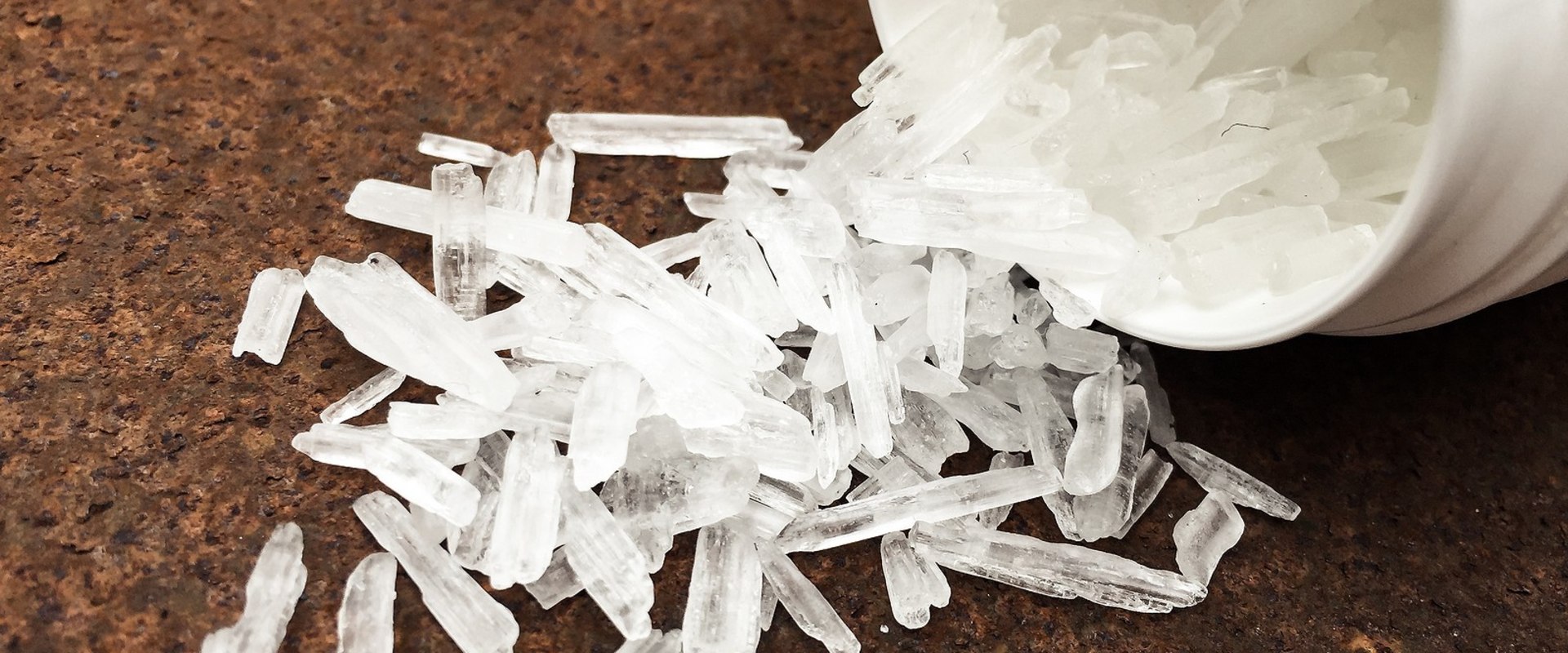Methamphetamine, or crystalline methamphetamine, is an illegal man-made substance that belongs to the methamphetamine class of drugs. Some forms of methamphetamine are legal and are prescribed to treat the side effects of mental disorders, such as attention deficit disorder (ADD). However, crystalline methamphetamine has no medicinal value. It is produced in a crystalline form that mimics the appearance of glass shards, giving it a variety of street names such as “crystal”, “glass” and “ice”.Crystalline methamphetamine is made with the ingredient pseudoephedrine and other toxic substances.
In addition, it causes a number of physical side effects in addition to the overwhelming psychological effects it can produce. We found 8 statistically significant differences between the METH and Ctr groups at the family level (Supplementary Table), including an unidentified increase in the relative abundance of Rikenellaceae, Clostridiales and Desulfovibrionaceae and a reduction in the relative abundances of Tannerellaceae, Lactobacillaceae, Xanthomonadaceae, Sphingomonadaceae and Peptococcaceae in the METH group. Users who frequently consume large doses of crystalline methamphetamine experience a condition known as methamphetamine psychosis, which resembles the symptoms of paranoid schizophrenia. The correlation between the gut microbiota of the different taxons and age, the initial age of consumption of METHAMPHETAMINE and the duration of consumption of METHAMPHETAMINE (years) at the level of (a) phyla, (b) class, (c) order, (d) family and gender e. Finally, the article mentions that, although methamphetamine-induced paralytic ileus is rare, given the prevalence of methamphetamine abuse in the United States, it should be part of a physical checkup performed by a doctor for a person who uses methamphetamine. The nodes in red indicate the taxons that were enriched in the Ctr compared to the METH group, while the nodes in green indicate the taxons that were enriched in the Ctr compared to the METH group.
Crystalline methamphetamine is increasingly popular within the nightlife community because of its ability to keep users awake for days. But regardless of how it enters your body, methamphetamine is the type of substance that literally deteriorates your teeth, destroys your inside1 and causes what many call methamphetamine stomach pain and leaves you consuming in a layer of your former self. The order represents age (age), initial age of METHAMPHETAMINE use (starting age) and duration of METHAMPHETAMINE use (duration). While your heart and brain are particularly susceptible to damage caused by methamphetamine use, the way it impairs intestinal processes and stomach lining can cause you significant health problems and stomach pain from methamphetamine in the coming years. However, several taxons of fusobacteria were significantly more abundant in METH CPP30 rats, indicating the different influence between chronic and short-term use of METHAMPHETAMINE in the gut microbiota. So can crystal meth cause constipation? The answer is yes.
Methamphetamine has been linked to constipation due to its effects on intestinal processes. It can also cause dehydration which can lead to constipation. Additionally, users who frequently consume large doses of crystalline methamphetamine experience a condition known as methamphetamine psychosis which can cause constipation due to its effects on intestinal processes. Finally, long-term use of crystal meth can lead to malnutrition which can also cause constipation. It is important to note that constipation caused by crystal meth is only one symptom among many that can occur due to its use.
Other physical side effects include skin sores, itching, tooth decay and malnutrition. Additionally, long-term use can lead to psychological side effects such as paranoia and psychosis. Therefore it is important for anyone using crystal meth to seek medical help if they experience any symptoms related to its use.
